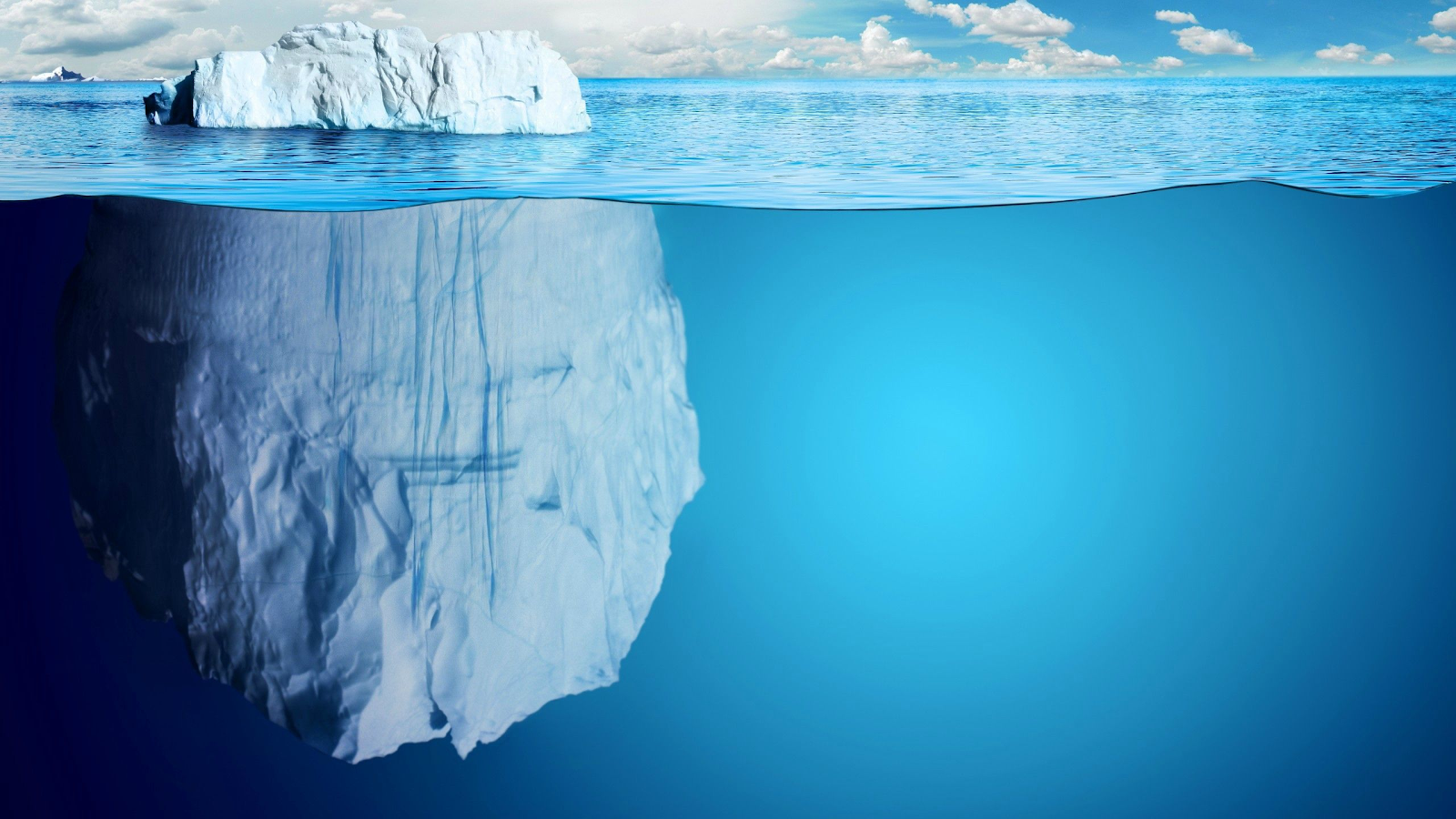It’s basically looking at the tip vs the iceberg.

Following on from a recent article I wrote about the difference between UX, UI, and Graphic Design — I wanted to explore how UX fits into Service Design.
Let’s start with some definitions:

What is UX design?
UX Design is the experience that a user / customer has each time they interact with a business or service provider — but having a real world example is always easier — so let’s talk in terms of something most people are familiar with: public transport.
The UX of public transport could range from checking train times on a printed timetable, to buying train tickets online, or checking the screens in the station for travel updates.
The Digital UX would include the digital parts of that journey — and the printed part would form the printed UX — unless of course the printed timetable became available online in which case the digital UX team should be made aware of it to ensure it’s user friendly and sticks to the rest of the guidelines which they have in place.
So UX is really concerned with moments or touchpoints in a user journey.

What is Service design?
Service design is even broader than that. Think iceberg. Service Design is the whole thing and UX is really just the tip (… and User Interface Design is the frosting on the tip!).
With the public transport example, Service Design can affect all areas of the service, such as:
- The design of the busses and how wide aisles are to allow easy wheelchair access;
- Which locations get the most trains to meet growing demand;
- How data feeds integrate with 3rd party products like Google Maps;
- How people pay for their tickets — cash, card, or facial recognition?;
- Or even… if busses use fossil fuels or hybrid power.
Service Design really is the whole iceberg!

Where is the line between SD and UX?
It’s often hard to grasp the scope of Service Design compared to UX Design.
Interviews, workshops and prototypes are typical outputs from both UX and SD, but here’s where their paths split:
While UX designers focus on individual (mostly digital) touchpoints, Service Designers focus on the full end-to-end experience which may include digital touchpoints — but also physical infrastructure, teams, and things that those teams do ie: processes.
Furthermore, while UX Designers mostly create things like Wireframes, Personas, and Prototypes; Service designers end up creating things like Service Blueprints, Customer Journey Maps, and Service Ecology Maps which help them plan and organise a business’s systems and resources in a human centred way.

Service Design vs Good Service Design
But simply designing a service doesn’t mean it’s going to be good. It must strike a balance between meeting the needs of the users, and delivering profits for the business in such a way that is ethical and ideally, environmentally friendly.
However with that said, in the real world, ticking all of these boxes is not easy and often there are trade-offs. For example, the public transport business might invest in a specific ticket reading technology because it makes sense financially, but users lose out on a key feature they relied on in the past.
Zooming out we can see that without this ticketing solution there would have been no system — so that would’ve been bad Service Design. That’s a trade-off, and it’s like playing DJ — you have to calibrate everything as best you can to get the right mix.
Conclusion
The line between Service Design and UX Design can get blurry because of the overlap between the two disciplines. But what is most exciting about Service Design is the ability to map out problems at an organisational level, that go beyond a single product.
Being able to zoom in and zoom out, to co-create with the business and optimise systems for the increasing demand of growing populations is a shift in mindset that will stand many organisations in good stead in future.
